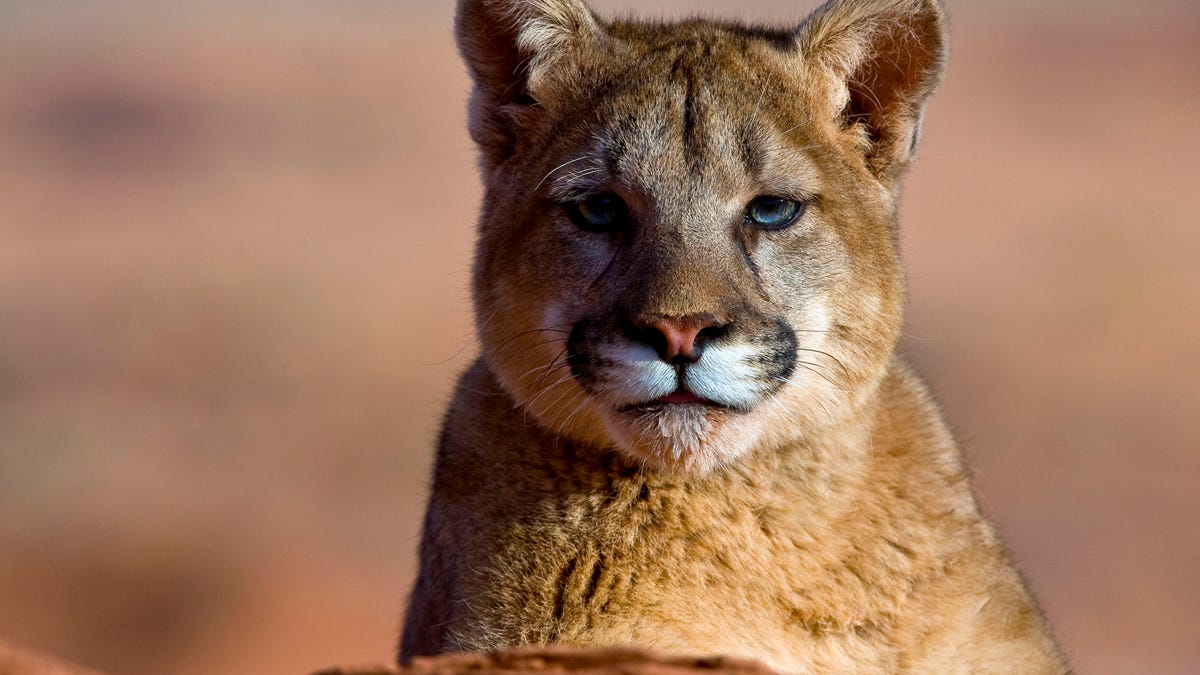Fox News Flash top headlines for Dec. 2
Fox News Flash top headlines for Dec. 2 are here. Check out what's clicking on Foxnews.com
A surprising culprit has been fingered for very high mercury levels found in mountain lions living near the California coast -- marine fog.
According to research published this week in Scientific Reports, pumas living in the so-called "fog belt" of the Santa Cruz Mountains have three times the amount of mercury in their systems as those living outside of the fog zone.
The study, which was led by environmental toxicologist Peter Weiss-Penzias, collected and analyzed fur and whisker samples from 94 coastal mountain lions and 18 noncoastal lions. Scientists found that mercury concentrations in the coastal samples averaged about 1,500 parts per billion (ppb), compared to nearly 500 ppb in the noncoastal group. In addition, at least one lion had mercury levels known to be toxic to species like mink and otters, while two others had "sublethal" levels that reduce fertility and reproductive success.
"Lichen don’t have any roots so the presence of elevated methylmercury in lichen must come from the atmosphere," said Weiss-Penzias in a statement. "Mercury becomes increasingly concentrated in organisms higher up the food chain."
BLUE WHALE HAS HEARTBEAT MEASURED FOR THE FIRST TIME AND RESULTS SURPRISE SCIENTISTS

Mountain Lions in the mountains of Montana, United States (Getty Images)
The elevated mercury levels are an additional threat to the predator, which is already battling habitat loss and other risks from humans, according to researchers.
"These mercury levels might compound the impacts of trying to make it in an environment like the Santa Cruz Mountains, where there is already so much human influence, but we don't really know," said senior author Chris Wilmers, a professor of environmental studies and the director of the Puma Project. "Levels will be higher 100 years from now, when the Earth's mercury budget is higher because of all the coal we're pumping into the atmosphere."
In a press release accompanying the study, scientists note that high levels of methylmercury can cause neurological damage, including memory loss and reduced motor coordination.
"We need to protect the top predators in the environment," explained Weiss-Penzias. "They're keystone species. They perform ecosystem services. When you change one thing, it has cascading effects through the system."

